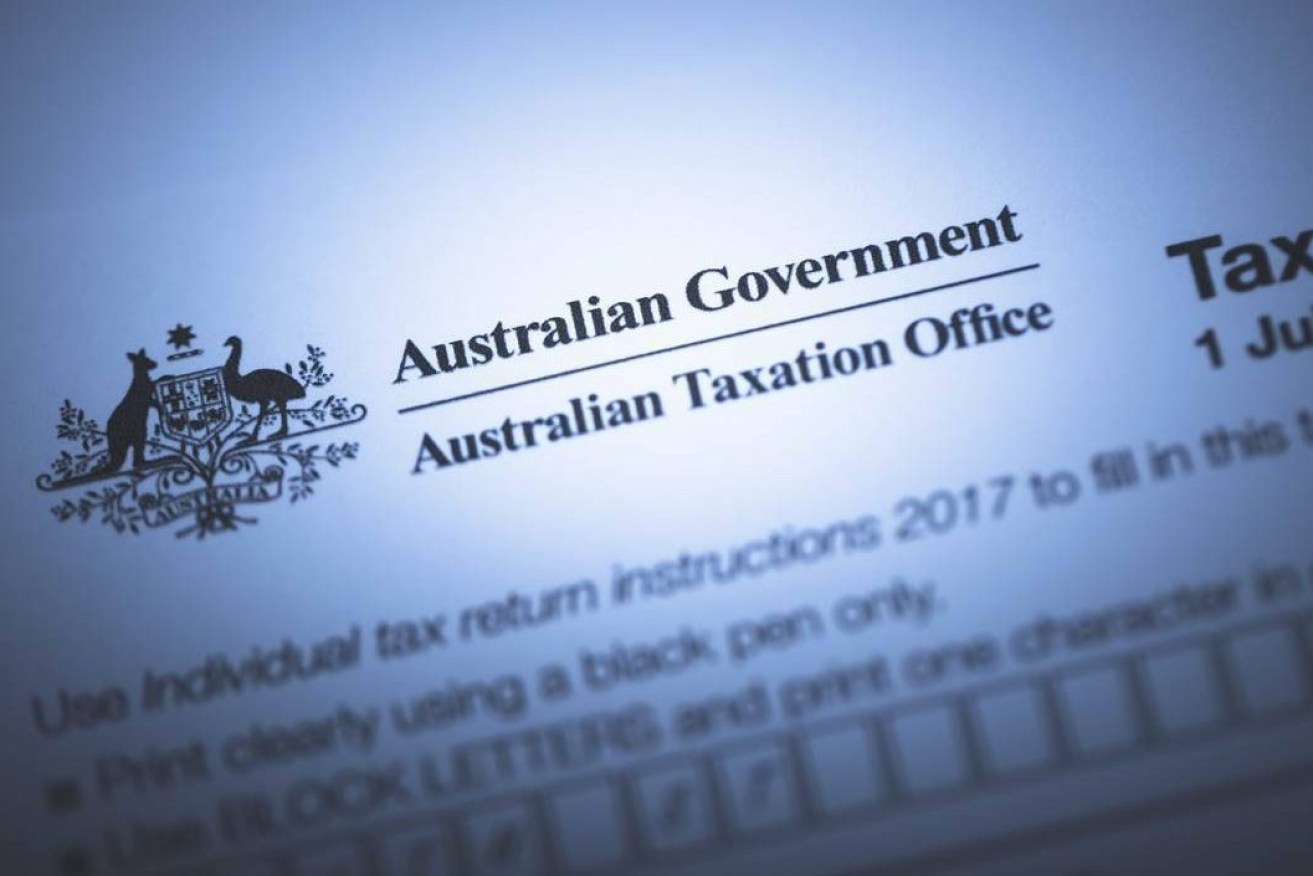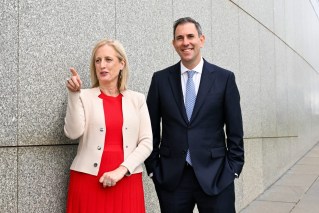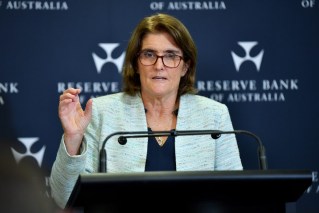Insolvency trickle becomes a surge and it’s the taxman whipping up ‘perfect storm’
Cash-strapped businesses are buckling under pressure from the Australian Taxation Office and other creditors as the insolvency trickle turns into a “surge”.

The court heard that Morrissey, of the Brisbane riverside suburb of St Lucia, failed to declare his taxable income between October 2010 and June 2014.
That’s the verdict from comparison site Insolvency Australia, which found the number of businesses going bust has risen significantly in the past year.
Companies appointing administrators, liquidators and insolvency firms increased by 57 per cent nationally in the latest quarter, compared with the same time in 2021/22.
NSW had the most businesses slip into financial strife in the last quarter, with almost 1170 corporate insolvencies.
Tasmania recorded the largest year-on-year percentage increase in insolvencies, at 133 per cent.
The ACT copped a 64 per cent increase in corporate insolvencies compared with 2021/22, while NSW and Queensland both had a 59 per cent rise.
More businesses in other states have gone bust, too, with corporate insolvencies rising by 54 per cent in Victoria, 52 per cent in South Australia and 50 per cent in Western Australia.
Insolvencies in the Northern Territory remained steady.
“Over the past year there’s been plenty of discussion in the sector about the incoming insolvency wave,” Insolvency Australia director Gareth Gammon said.
“It started with a trickle and it’s now become more of a surge as economic pressures and the ATO’s debt collection activities combine to create the perfect storm.
“Beyond this last quarter, we’re now seeing an increase in court wind-ups by the big four banks, which means the next few months could well be equally challenging.”
The tax office and other creditors posed the biggest threat to cash-strapped Australian businesses, Insolvency Australia said.
Chris Baskerville, a partner at insolvency firm Jirsch Sutherland, expected insolvencies to continue to increase through the rest of 2023.
He attributed the rise in insolvency appointments to the tax office bolstering its enforcement action against businesses.
“Its enforcement of outstanding debts is reaching, if not surpassing, pre-pandemic levels,” Mr Baskerville said.
“The ATO appears to be less amenable to payment arrangements, especially those that propose greater than two years.”
BCR Advisory founder John Morgan said insolvency appointments would continue to rise as businesses grappled with interest rate hikes and collection pressure from the tax office.
Insolvency Australia’s data showing a rise in insolvencies was published as part of its latest Corporate Insolvency Index












